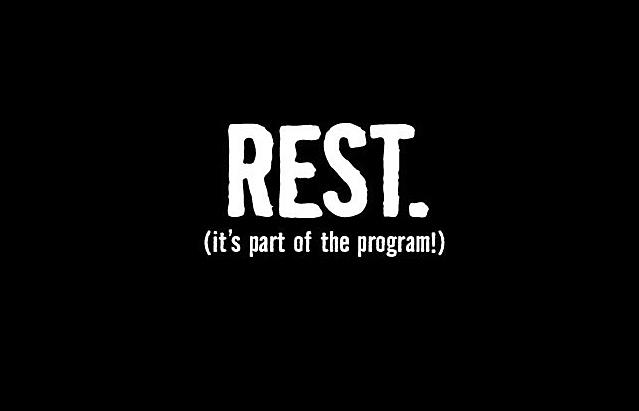Moving Beyond “No Pain, No Gain”
By Nancy Wozny and Rosie Gaynor
When you get injured, not dancing can be the smartest move.
On opening night of Coppélia last June, the light, sprightly Pacific Northwest Ballet powerhouse Kaori Nakamura tore a calf muscle midway through Act I. “I couldn’t point my foot,” she says. “It was so painful and numb.” During a moment offstage, the company director asked Nakamura the fateful question: Do you want to stop?
Every dancer gets injured at some point in her career, and the decision to pull out of a performance can be wrenching. But while dancers may be tempted, pushing through the pain can lead to a more serious injury that requires weeks of time off, months of physical therapy, possible surgery and even cause permanent damage. It’s a roll of the dice—and the risks are huge.
Even though they are aware of the consequences, many dancers choose to power through anyway. Eight weeks pregnant, Nakamura knew her next performance was a year away. “Of course I wanted to finish! I had worked so hard for this,” she says. She made it through the next two acts, but when the curtain went down, so did Nakamura. “I couldn’t walk,” she says. “I couldn’t even touch my calf, it was so painful.”
Pain, as Dr. William Hamilton, orthopedic consultant for New York City Ballet and American Ballet Theatre, points out, “is Mother Nature sending you the message that something is wrong, and that what you’re doing is keeping it from healing.”
But like any athlete, dancers deal with aches and pains almost daily. How do you recognize pain that is telling you to stop now? Traumatic pain like a snapped Achilles or ACL is obvious and impossible to ignore. “If you hear a pull, pop or the pain persists when you return to the activity, it needs to be evaluated,” says Dr. Patrick McCulloch, MD, an orthopedic surgeon with the Center for Performing Arts Medicine at The Methodist Hospital in Houston, TX. “Swelling and bruising are also signs that something is structurally wrong.” Slow-onset injuries are less startling, but can be just as dangerous to dance on. If it’s chronic pain that gradually worsens, “look for a certain sharpness and intensity of the symptoms that maybe you haven’t felt before,” says Boyd Bender, a physical therapist at PNB. “Another telltale sign is that this pain causes you to consciously compensate with another part of your body.”
Any pain that persists after 24 to 48 hours of rest, ice, compression, elevation and anti-inflammatories needs the help of a doctor. Dancers too often avoid seeking medical attention, afraid the doctor will put them on bed rest. But not getting a diagnosis is a dangerous choice. “Lower leg pain could just be shin splints—or it could be a stress fracture,” says McCulloch. Bender once worked with a dancer who refused to seek help for shin pains and eventually fractured his tibia, which required far more time off for surgery and healing. In a scary coda to the story, his tibia fractured again—onstage.
While talking to other dancers about symptoms and remedies can seem like a shortcut to a solution, your colleagues don’t necessarily have better information than you do. Plus, what works for someone else’s body might not work for yours. And dancers’ standard practices sometimes backfire. After consulting with a physical therapist on his back pain, for example, PNB principal Lucien Postlewaite discovered that the gently-stretch-it-when-it-hurts strategy “was actually the exact opposite of what I should have been doing; it was contributing to my injury!”
The paradox is that the very qualities it takes to be a dancer can turn against you here. The idea of persevering through pain is deeply ingrained in ballet culture—the show must go on, and self sacrifice is often romanticized, even considered heroic. Let’s face it: In order to gain the strength and flexibility needed to succeed in ballet, dancers endure tremendous discomfort, which they’re trained to ignore. But that same willingness to push yourself to the limit can end up affecting the longevity of your career.
To get back on your feet quickly, seek treatment as early as possible. “When you injure yourself, your body sort of turns on the healing switch,” says Hamilton. A change in your hormones results in “a great capacity for healing in the first month or so—if proper attention is given to the injury.” So, the sooner you rest up, the sooner you’ll be back onstage—and the longer you’re likely to be there.



















